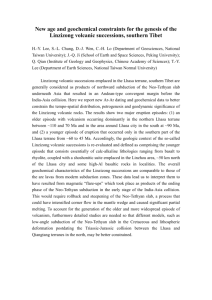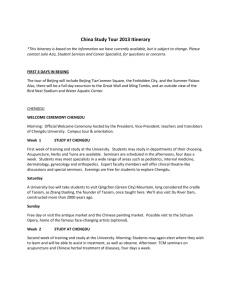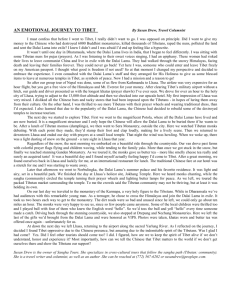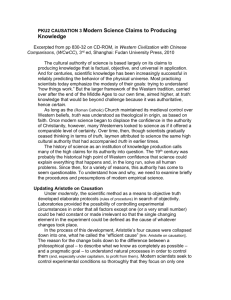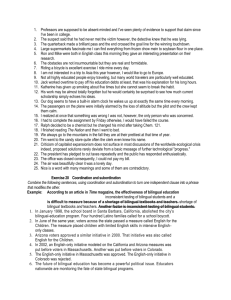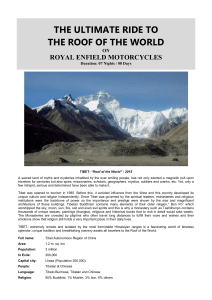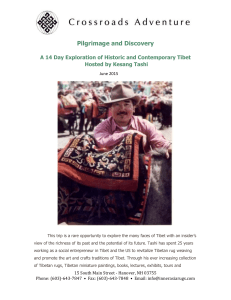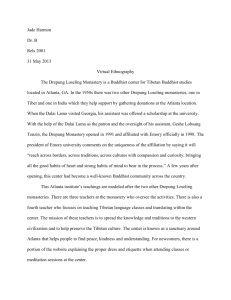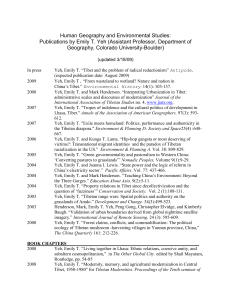Package - Vivoholidays.com
advertisement
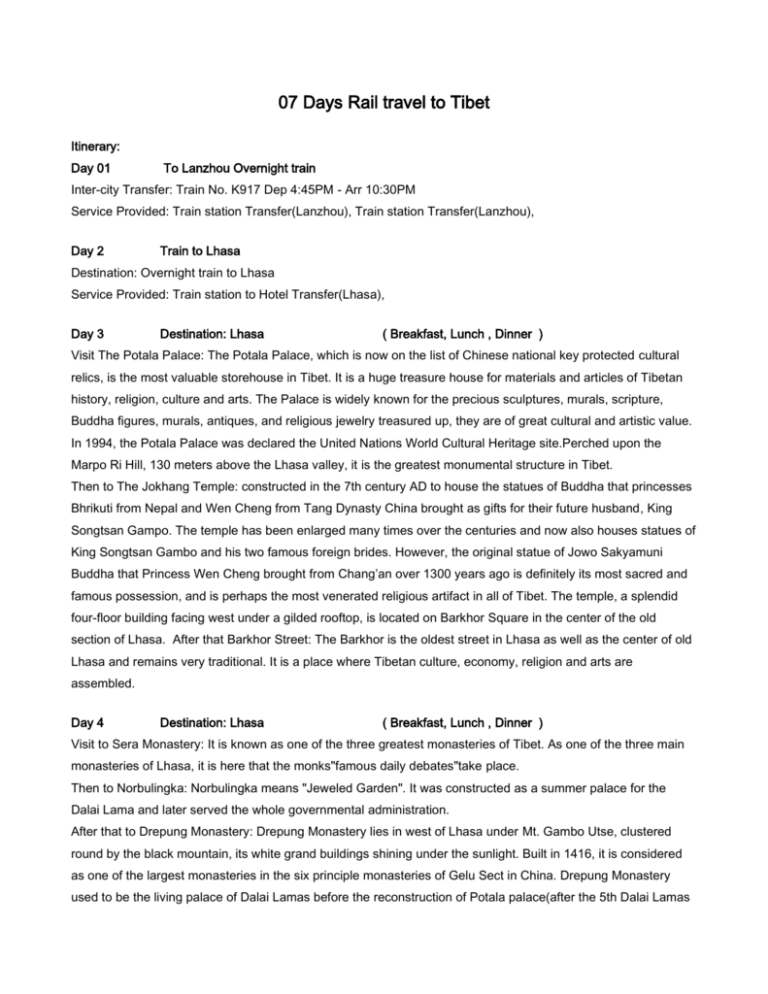
07 Days Rail travel to Tibet Itinerary: Day 01 To Lanzhou Overnight train Inter-city Transfer: Train No. K917 Dep 4:45PM - Arr 10:30PM Service Provided: Train station Transfer(Lanzhou), Train station Transfer(Lanzhou), Day 2 Train to Lhasa Destination: Overnight train to Lhasa Service Provided: Train station to Hotel Transfer(Lhasa), Day 3 Destination: Lhasa ( Breakfast, Lunch , Dinner ) Visit The Potala Palace: The Potala Palace, which is now on the list of Chinese national key protected cultural relics, is the most valuable storehouse in Tibet. It is a huge treasure house for materials and articles of Tibetan history, religion, culture and arts. The Palace is widely known for the precious sculptures, murals, scripture, Buddha figures, murals, antiques, and religious jewelry treasured up, they are of great cultural and artistic value. In 1994, the Potala Palace was declared the United Nations World Cultural Heritage site.Perched upon the Marpo Ri Hill, 130 meters above the Lhasa valley, it is the greatest monumental structure in Tibet. Then to The Jokhang Temple: constructed in the 7th century AD to house the statues of Buddha that princesses Bhrikuti from Nepal and Wen Cheng from Tang Dynasty China brought as gifts for their future husband, King Songtsan Gampo. The temple has been enlarged many times over the centuries and now also houses statues of King Songtsan Gambo and his two famous foreign brides. However, the original statue of Jowo Sakyamuni Buddha that Princess Wen Cheng brought from Chang’an over 1300 years ago is definitely its most sacred and famous possession, and is perhaps the most venerated religious artifact in all of Tibet. The temple, a splendid four-floor building facing west under a gilded rooftop, is located on Barkhor Square in the center of the old section of Lhasa. After that Barkhor Street: The Barkhor is the oldest street in Lhasa as well as the center of old Lhasa and remains very traditional. It is a place where Tibetan culture, economy, religion and arts are assembled. Day 4 Destination: Lhasa ( Breakfast, Lunch , Dinner ) Visit to Sera Monastery: It is known as one of the three greatest monasteries of Tibet. As one of the three main monasteries of Lhasa, it is here that the monks"famous daily debates"take place. Then to Norbulingka: Norbulingka means "Jeweled Garden". It was constructed as a summer palace for the Dalai Lama and later served the whole governmental administration. After that to Drepung Monastery: Drepung Monastery lies in west of Lhasa under Mt. Gambo Utse, clustered round by the black mountain, its white grand buildings shining under the sunlight. Built in 1416, it is considered as one of the largest monasteries in the six principle monasteries of Gelu Sect in China. Drepung Monastery used to be the living palace of Dalai Lamas before the reconstruction of Potala palace(after the 5th Dalai Lamas was bestowed by Qing emperor Qianlong). Then to The Carpet Factory: The highland of Tibet is the actual home of the oriental carpets. By visiting Carpet Factory you will have a general idea how carpets are produced. Day 5 Lhasa to Shigatse ( Breakfast, Lunch , Dinner ) Train to Shigate Day 6 Shigatse to Lhasa ( Breakfast, Lunch , Dinner ) Visit Tashilunpo Kloster: Painted in red and white, the buildings in the kloster stand closely together in terraced rows, offering a grand and majestic view.Tashilunpo Kloster represents the Tibetan super architecture art in the Last Tibetan spirit. The Kloster attracts thousands of Buddhists and tourists from domestic and abroad to travel and worship every year. Day 7 Lhasa to Departure City Free time till transfer to airport for flight back . ( Breakfast )
